A Hunter’s Dilemma: Navigating the Controversy of Bear Extermination in Hokkaido”
“I can still vividly remember the barking and the rattling of the cage, and up until a year ago I thought trapping was evil.”
Why did he kill the bear?
Protests poured in against hunters in Kushiro Town who exterminated OSO 18, which attacked more than 60 cattle in Hokkaido, and the city of Sapporo, which exterminated a mother bear that had been spotted near a residential area, received about 650 criticisms. Misato Town, Akita Prefecture, which exterminated a black bear on the 5th of this month, has also reportedly received a flood of protests.
According to calculations by the Hokkaido Prefectural Government, the estimated number of brown bears in the country was 5,200 in fiscal 1990, but by fiscal 2020, the number had almost doubled to 11,700, a figure that has increased over the past 30 years. The current fiscal year is also said to be the worst on record for human casualties caused by bears in Japan.
Naturally, news about bear extermination is increasing, and each report raises voices of opposition across the country.
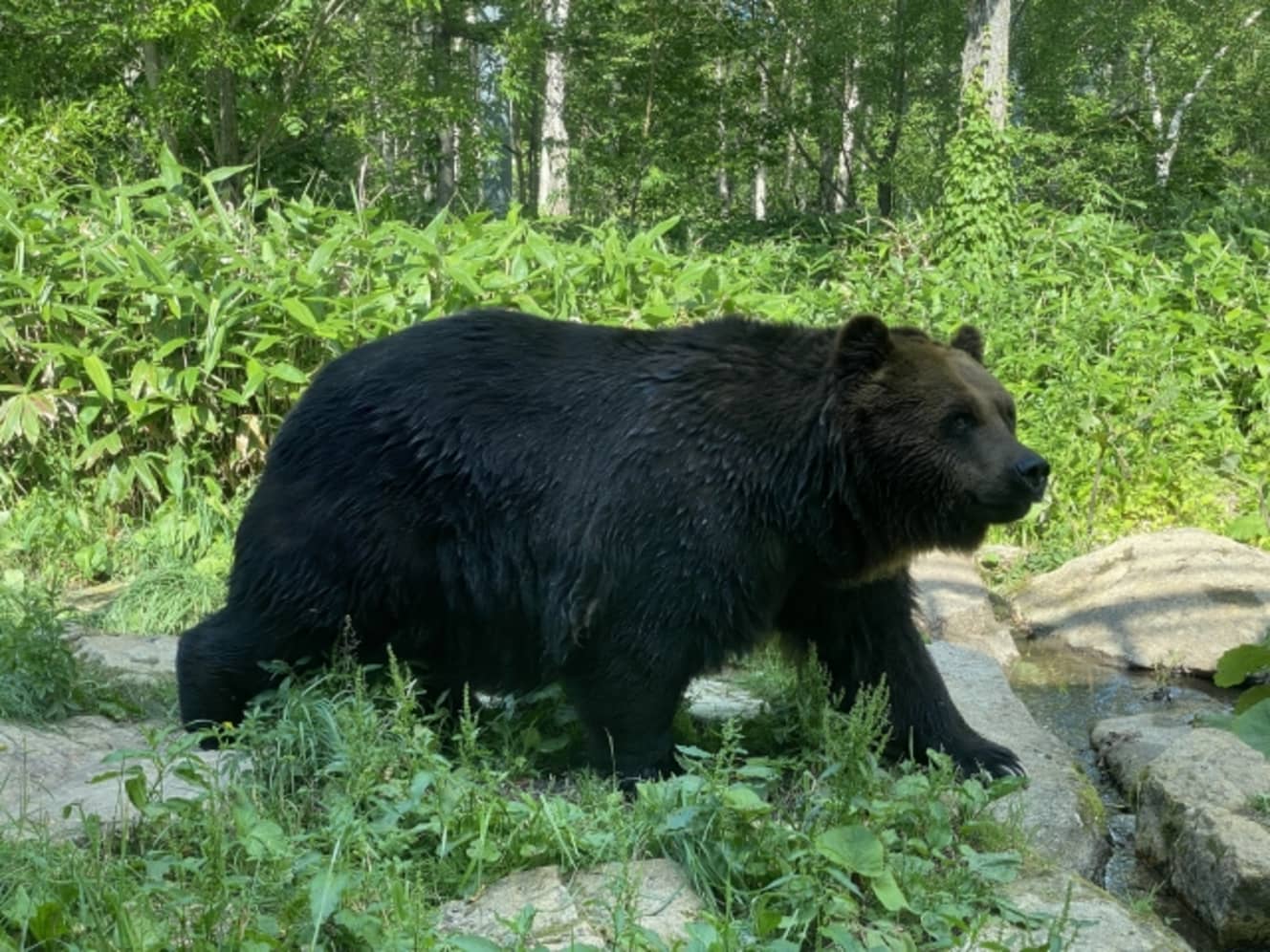 Hokkaido held a brown bear protection and management study group this month to consider setting a target number of bears to be hunted. Based on the opinions of experts, the committee will decide on the target number of bears to be captured, as well as the sex and age of the bears to be targeted. This is the first time the Hokkaido Prefectural Government has set a target for the capture of bears.
Hokkaido held a brown bear protection and management study group this month to consider setting a target number of bears to be hunted. Based on the opinions of experts, the committee will decide on the target number of bears to be captured, as well as the sex and age of the bears to be targeted. This is the first time the Hokkaido Prefectural Government has set a target for the capture of bears.Such criticism and protests have reached the ears of Rakato Takasaki, 24, a young hunter from Mikasa City, Hokkaido.
“If a bear appears, I will deal with it,” he said. “That’s my role. It’s the time of the year when the bears are hibernating, and for the past two or three weeks, they have been very active. If I get a call now, I have to go out.”
The young hunter is unwavering in his opposition to bear extermination.
Born in Nagoya, Japan. In April of last year, after graduating from Hokkaido’s Dairy Farming University, he was hired by Mikasa City as an avian wildlife control specialist. He currently works for the city’s agriculture and forestry department and is a member of the Mikasa branch of the Hokkaido Hunting Club.
“When a report of a bear appears, I go out as a specialist for the city office,” he says. “Since I am in a position where I can move easily, I am able to get to the scene as quickly as possible.”
Until he became a wildlife protection specialist, he had never touched a hunting rifle. He says he only started carrying a shotgun in October of last year.
“I asked permission from the Agriculture and Forestry Department and walked around the mountains every day during the winter to get to know them better,” he said. “I studied under an experienced hunter from a hunting club and was allowed to accompany him. I learned a lot about shooting bears in the mountains in winter.”
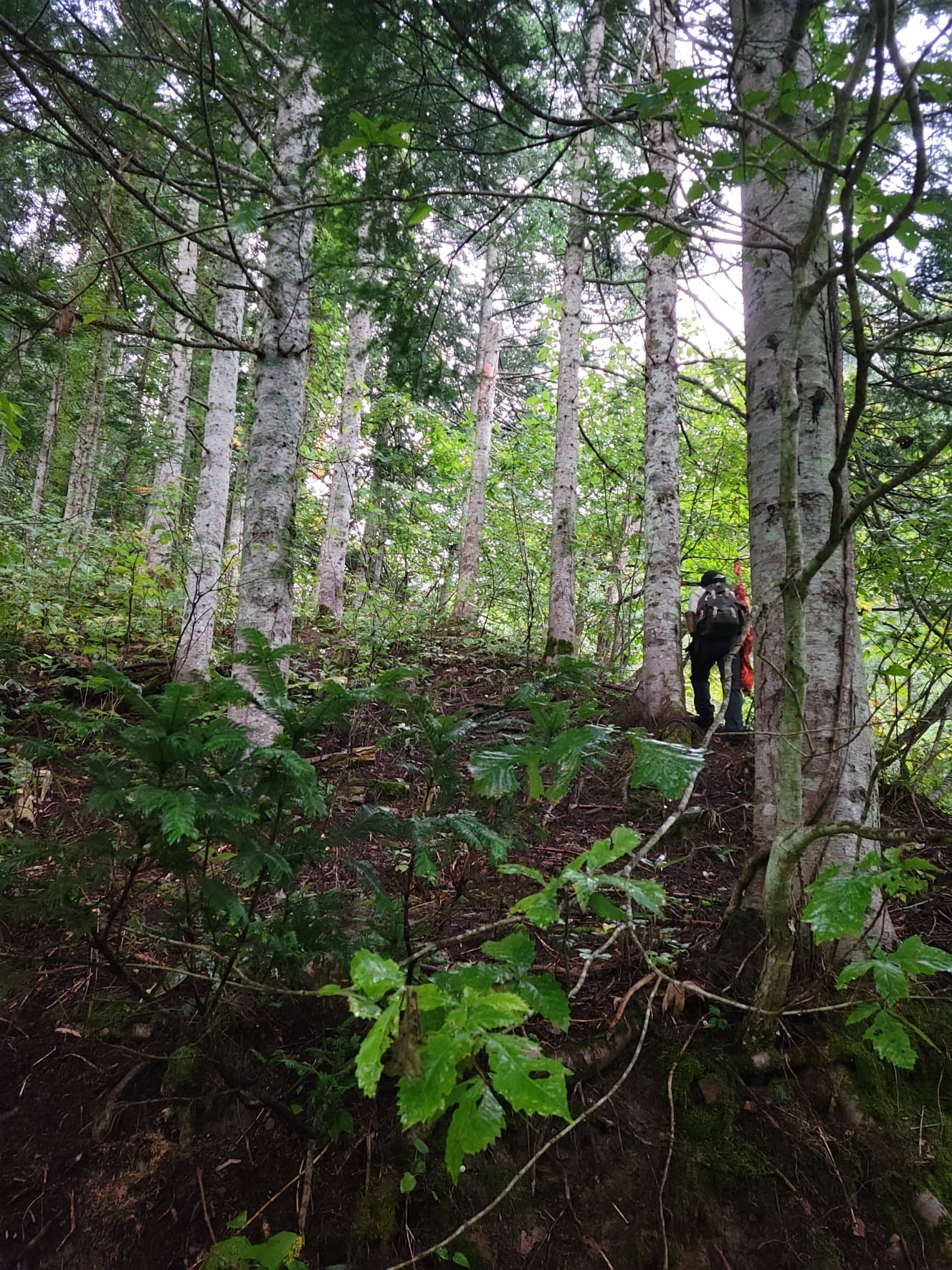
Hokkaido abolished the spring bear extermination program in the ’90, which encouraged trapping during the lingering snow season, but this year it began allowing spring controlled trapping in order to curb the number of bears appearing in human settlements. Mr. Takasaki and his mentor went out to capture the bears this spring.
“My first bear extermination was on the 22nd of April,” he said. “It was just six months after I got my gun. During the spring controlled trapping period, Mikasa City exterminated four bears, and I shot three of them.”
He was present for the capture of the bears in the box traps last summer.
“I have suffered many flashbacks since the first time I saw a bear in a cage being put to the stop with a gun. Until a year ago, I thought trapping was evil.”
“If you miss the bullet, the bear will fight back. Pulling the trigger is still scary.”
He loved animals since he was a child and often went to the zoo. He wanted to study pets, so he went to a high school in Aichi Prefecture where he could learn how to keep animals.
He said, “I have always been an animal lover, and when I was in high school, I became certified as a pet caretaker. Since that time, I have had a strong resistance to the killing of animals.”

While a student at Dairy Farm University, this Nagoya city boy became aware of his ignorance.
“In my junior year, I was assigned to a biodiversity conservation laboratory, and it made me realize how little I knew about anything,” he said.” I was thinking, bears and deer come to town because there is no food in the mountains, and people should aim for symbiosis with animals, but the professor told me, ‘Go into the mountains. There is enough food. It’s not symbiosis, it’s coexistence. Do you understand the meaning of the word coexist? He gave a big kick in the teeth to a city boy with a big head.”
“When I was a high school student, I criticized the killing of animals for human reasons, including dogs, cats, wild animals, and exotic species. I had no idea why extermination was necessary. My values changed when I joined a research laboratory, visited fields around the province, and talked to people working there. I strongly felt that I wanted to get to know the field properly.”
After graduation, he chose a career path as a member of the Community Development Cooperation Volunteer Corps, which is in charge of bird and wildlife control in Mikasa City.
“After I became a member of the cooperative, I realized that what Mikasa City was looking for was someone to help them fight bears,” he says.” I felt like I had no choice but to do it, so I got advice from the staff of the Agriculture and Forestry Division and senior hunters. I think I made a lot of effort.”
So far, he has hunted and killed six bears. He has been carrying a gun for a year now, and he is surprised at the change in his feelings.
“I still don’t have any resistance to killing bears with traps,” he said. “But it is a little different from how I felt a year ago.”
“When I first began to witness the killings, I had my doubts about whether the bears caught in the traps were really the bears that used to haunt the urban areas. I want to be able to reliably shoot bears that cause damage to human society. I thought that would reduce the number of bears being needlessly killed.”
“But with so many bears, we simply had to reduce the population. I now wonder if we need to trap and kill them as well.”
He says there is less resistance to shooting bears with hunting rifles than with traps.
“The bears have been in town many times, and we do everything we can to get rid of them, including using firecrackers and honking our horns when we chase them with our cars, before finally making the decision to remove them with a hunting rifle.”
“When I pull the trigger, I am still scared. If I shoot a bullet and miss, the bear will fight back. It’s a do-or-die situation, and we have to be serious about catching them, so there is no time to feel guilty.”
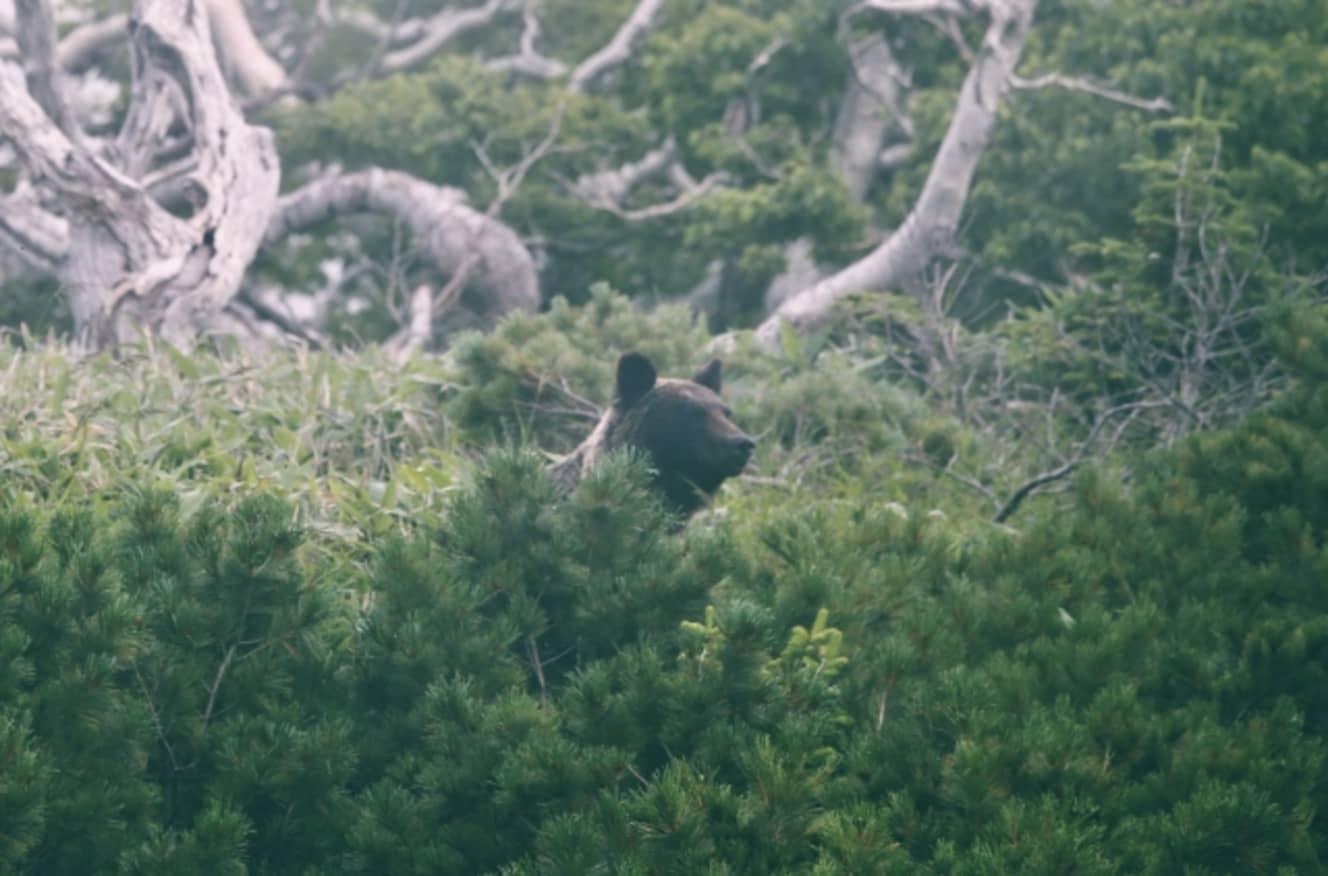
“My mentor told me, ‘If you can’t pull the trigger, give up shooting bears.’ But I had several opportunities to shoot bears this spring, and I was able to pull the trigger properly, so I think I have a certain aptitude.”
“It depends on my technique, but if the bullet hits the bear, it dies in an instant, so I can let it go easily with little pain. It was terrible at first. I couldn’t hit the target, so I had to shoot many times. I had killed a few deer up until then, so I might have been getting cocky.”
“But when I saw the bear in front of me, my heart palpitated and I couldn’t stay calm. My agitation showed in my shooting, and I made the bear feel pain. I was very frustrated because I knew I wasn’t good enough yet.”
I know you feel sorry for them, but can you take responsibility when residents are attacked?
According to the Hokkaido Shimbun, when the newspaper’s special edition conducted a survey on brown bear extermination on its official line, 89.7% responded “yes” to the extermination. The number of respondents who responded to the number of brown bears appearing in the area has increased and it has become more urgent than before, was 85.4%. When asked what they thought of the criticism regarding the extermination of brown bears, some respondents responded, “I wish those who are criticizing it would think about what would happen if they or their family members were attacked by a brown bear,” and “For those who actually live in areas where brown bears appear, their presence is a matter of life and death.”
Most of the criticisms and protests against brown bear extermination in Hokkaido, such as “Why did you kill them?” and “I feel sorry for the bears,” came from outside of Hokkaido.
“I can understand why people feel sorry for them. I was a city boy in Nagoya when I was there, but I think it was too unrealistic to imagine bears walking around town.”
“But in reality, bears are walking freely near houses and in the hills behind elementary schools, and devouring farm products. Can the people on the outside who are shouting, ‘Why are you killing them?’ help? We have to deal with it so that the residents aren’t harmed.”
It is not Pooh or a teddy bear walking in the hills behind the school.
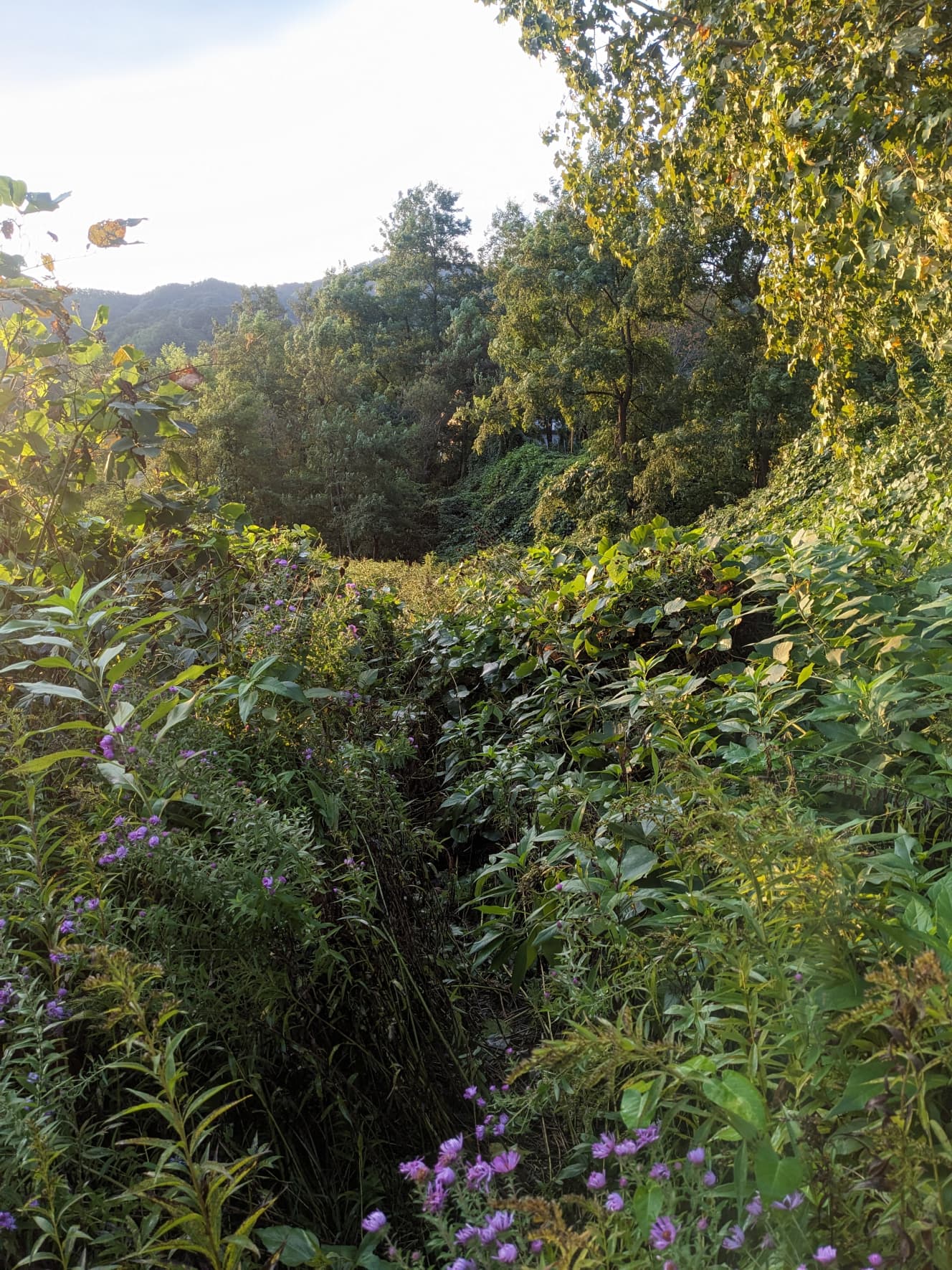
He said, “I feel like it’s a matter of imagination, and maybe I lose myself when animals are involved. I don’t deny that I feel sorry for them, but I don’t think it’s good to force that feeling on others.”
When the government offices and hunters receive calls and e-mails protesting, it restricts their movements in the field. The city office also stops publicizing the fact that they have exterminated the animals because of the criticism they would receive if they were to inform the community. Mikasa City also does not report the extermination to the public. No one protests to the city office, but some people say, “Don’t exterminate them,” or “Just get rid of them.” Even in Mikasa, which is surrounded by mountains, there is a big difference in temperature between areas where bears appear and areas where they don’t.
In late September, the Hokkaido prefectural government posted a message on its official X (formerly Twitter) asking for understanding of brown bear hunting. Behind the message was a concern that a string of protests against hunters engaged in brown bear extermination could hinder the securing of “bear hunting leaders” in the region.
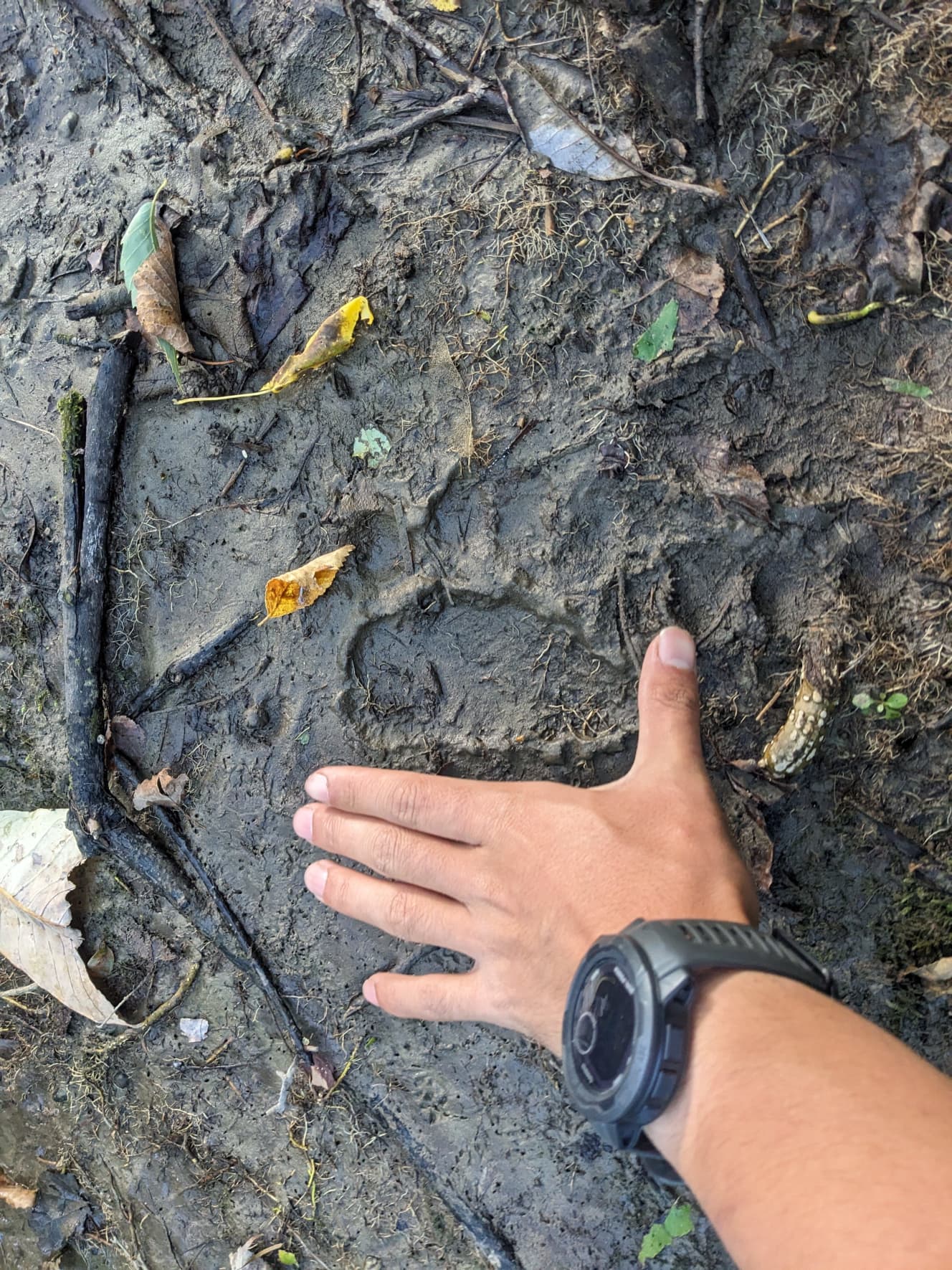
While the bear population continues to increase, many chapters of the Hokkaido Hunting Club are facing an aging population and a shortage of staff. The Mikasa branch has only five young hunters in their 40s, including Mr. Takasaki, and most of the hunters are in their 60s or older.
“The hunters are aging, and there is no doubt that the hunting fraternity will reach its limits if things continue as they are,” he says. “So after my term as a Regional Development Cooperation Volunteer ends, I hope to be able to create a corporation so that younger people can make a living as hunters. Eventually, I also hope to work to pass on the bear-shooting skills I have cultivated to the next generation.”
“To achieve this, I think now is the time to do what I can do in my own way to the best of my ability and gain experience.”
Rakato Takasaki was born in Aichi Prefecture in 1999. After graduating from Dairy Farming University in 2009, he joined the Mikasa City Community Development Cooperation Team. He works for the city’s agriculture and forestry department as a specialist in avian and wild animal control.
Interview and text by: Sayuri Saito